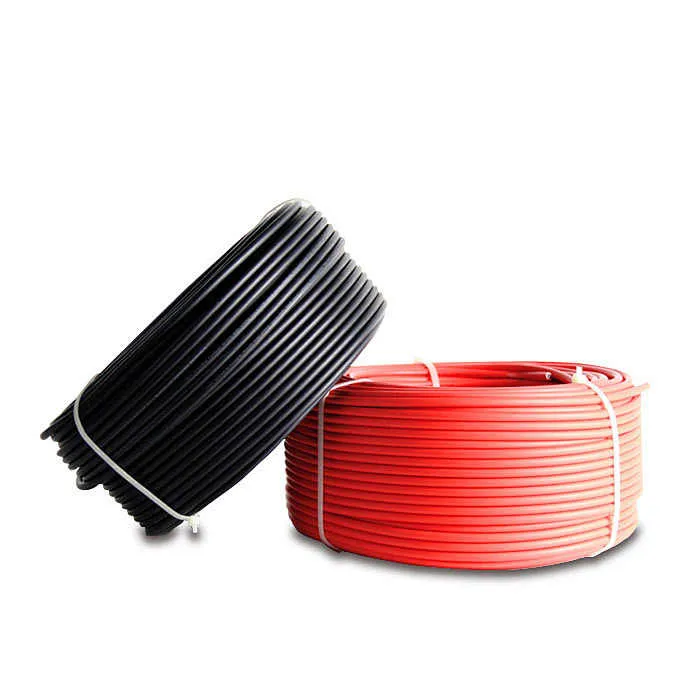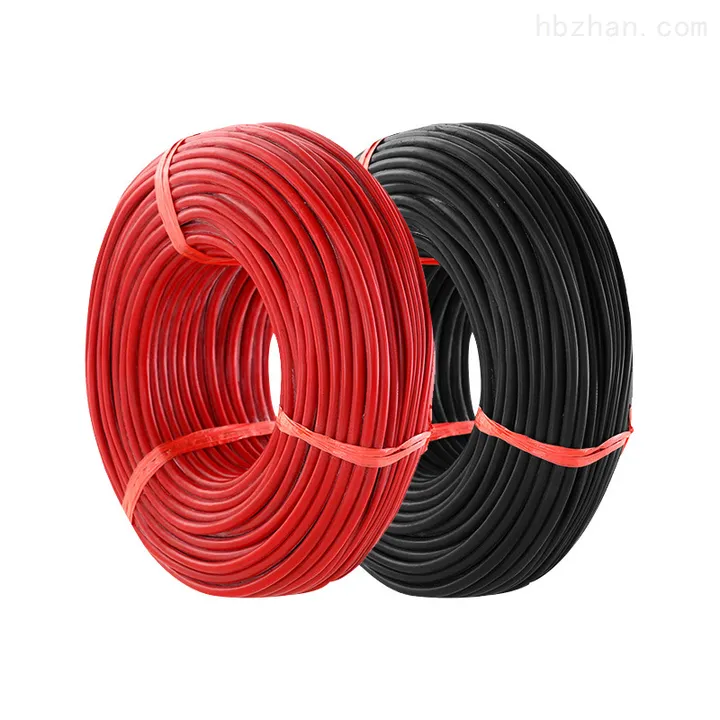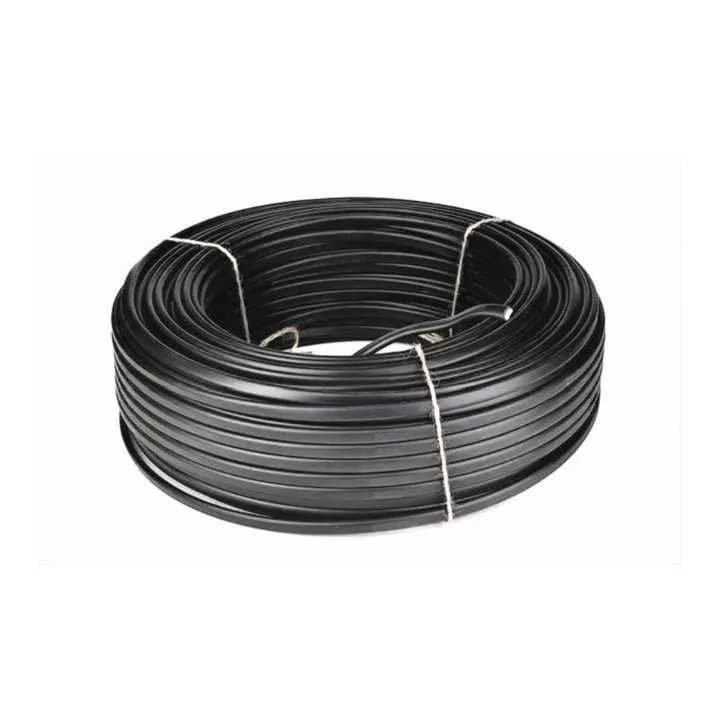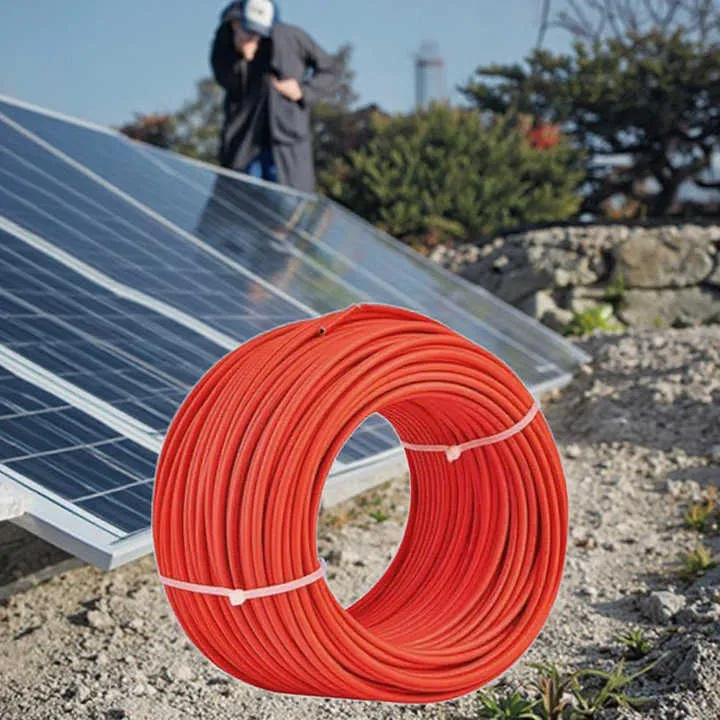Time: 2025-07-31 07:42:15 Source: Henan Province Jianyun Cable Co., Ltd.
Selecting the appropriate solar photovoltaic (PV) cable is essential for ensuring the safety, efficiency, and longevity of PV systems. With advancements in solar technology, 1200 V solar PV cables have emerged alongside the standard 1000 V cables, offering enhanced capabilities for modern PV installations. This guide provides a comprehensive comparison of 1200 V and 1000 V solar PV cables, focusing on their electrical properties, applications, and practical considerations, presented in a formal and structured manner.

Solar PV cables are single-core, insulated cables designed for direct current (DC) applications in PV systems, connecting solar panels to inverters, charge controllers, or combiner boxes. Typically made with tinned copper conductors for corrosion resistance and cross-linked polyethylene (XLPE) insulation for UV and temperature resistance, these cables are built to withstand harsh outdoor conditions. They are rated for specific DC voltages (e.g., 1000 V or 1200 V) to match the system’s maximum voltage, ensuring safe and efficient power transmission over the system’s lifespan, typically 25–30 years.
The primary differences between 1200 V and 1000 V solar PV cables lie in their voltage ratings, construction, and performance characteristics:
| Characteristic | 1200 V Cable | 1000 V Cable |
|---|---|---|
| Voltage Rating | Up to 1200 V DC | Up to 1000 V DC |
| Insulation Thickness | 0.8–1.0 mm | 0.7–0.9 mm |
| Ampacity (4 mm²) | ~40 A | ~40 A |
| Cost | 5–10% higher | Lower |
| System Compatibility | 1000 V and 1200 V systems | 1000 V systems only |
The choice between 1200 V and 1000 V cables depends on the PV system’s design and scale:
| Cable Type | Primary Applications | System Voltage |
|---|---|---|
| 1200 V | Utility-scale, large commercial, future-proofing | Up to 1200 V |
| 1000 V | Residential, small commercial | Up to 1000 V |
When choosing between 1200 V and 1000 V solar PV cables, consider the following:
| Challenge | Solution |
|---|---|
| Higher cost of 1200 V cables | Evaluate long-term savings from reduced wiring and components |
| Compatibility with 1200 V components | Ensure connectors and inverters are rated for 1200 V |
| Voltage drop in long runs | Use 1200 V cables to reduce current and losses |
| Regulatory restrictions | Verify local codes allow 1200 V systems |
Choosing between 1200 V and 1000 V solar PV cables depends on the PV system’s voltage, scale, and budget. 1200 V cables, with their higher voltage rating and thicker insulation, are ideal for utility-scale and large commercial systems, offering efficiency gains and future-proofing. 1000 V cables remain suitable for residential and smaller commercial installations where cost is a priority and system voltages do not exceed 1000 V. By assessing system requirements, calculating voltage drop, and considering environmental and regulatory factors, installers can select the appropriate cable to ensure safety, efficiency, and durability in PV systems.

RPVU90 Photovoltaic Wire XLPE Type PV 2000V Series Solar DC AC Cable with CUL Ce

Twin Core PV Solar Cable 2x4mm2 TUV EN50618 TUV IEC62930 Solar Panel Wire

Low Volta DC 1.5kv 1.5mm2 2.5mm2 4mm2 6mm2 XLPE/XLPO Insulated Tinned Copper PV1

High Efficiency Tinned Copper Conductor XLPO Insulation Single Core PV Wire Sola